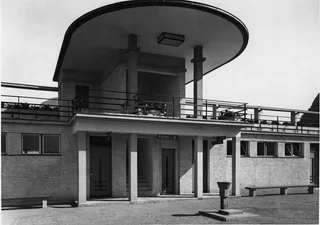
1/8
Outdoor Pool (Lido) in Bolzano
Bolzano Centro/Bozen Zentrum, Bolzano/Bozen, Bolzano/Bozen and environs
| Bolzano a jeho okolí vám nabízejí bohatou historii a kulturní zážitky. Přijďte a objevte všechno, co tento region nabízí. |

1/8
Bolzano Centro/Bozen Zentrum, Bolzano/Bozen, Bolzano/Bozen and environs

Pietrarossa/Rotwand, Ritten/Renon, Bolzano/Bozen and environs

Bolzano Centro/Bozen Zentrum, Bolzano/Bozen, Bolzano/Bozen and environs

Nobls/Nobls, Jenesien/San Genesio Atesino, Bolzano/Bozen and environs

Sarentino/Sarnthein, Sarntal/Sarentino, Bolzano/Bozen and environs

1/6
Don Bosco/Don Bosco, Bolzano/Bozen, Bolzano/Bozen and environs

1/5
Afing/Avigna, Jenesien/San Genesio Atesino, Bolzano/Bozen and environs

Bolzano Centro/Bozen Zentrum, Bolzano/Bozen, Bolzano/Bozen and environs

Bolzano Centro/Bozen Zentrum, Bolzano/Bozen, Bolzano/Bozen and environs

Bolzano Centro/Bozen Zentrum, Bolzano/Bozen, Bolzano/Bozen and environs

Auna di Sotto/Unterinn, Ritten/Renon, Bolzano/Bozen and environs

1/3
Pietrarossa/Rotwand, Ritten/Renon, Bolzano/Bozen and environs

1/6
Soprabolzano/Oberbozen, Ritten/Renon, Bolzano/Bozen and environs

Mölten/Meltina, Bolzano/Bozen and environs

1/2
Soprabolzano/Oberbozen, Ritten/Renon, Bolzano/Bozen and environs

1/4
S. Maddalena/St. Magdalena - Bolzano/Bozen, Bolzano/Bozen, Bolzano/Bozen and environs

Sarentino/Sarnthein, Sarntal/Sarentino, Bolzano/Bozen and environs

1/3
Bolzano Centro/Bozen Zentrum, Bolzano/Bozen, Bolzano/Bozen and environs

1/3
Seit/La Costa, Laives/Leifers, Bolzano/Bozen and environs

1/3
S. Genesio Atesino/Jenesien, Jenesien/San Genesio Atesino, Bolzano/Bozen and environs

Avigna/Afing, Jenesien/San Genesio Atesino, Bolzano/Bozen and environs

Cologna/Glaning, Jenesien/San Genesio Atesino, Bolzano/Bozen and environs

1/2
Bolzano Centro/Bozen Zentrum, Bolzano/Bozen, Bolzano/Bozen and environs

1/2
Pineta di Laives/Steinmannwald, Laives/Leifers, Bolzano/Bozen and environs

1/2
Meltina/Mölten, Mölten/Meltina, Bolzano/Bozen and environs

Nobls/Nobls, Jenesien/San Genesio Atesino, Bolzano/Bozen and environs

Meltina/Mölten, Mölten/Meltina, Bolzano/Bozen and environs

1/2
Bronzolo/Branzoll, Bolzano/Bozen and environs

Glaning/Cologna, Jenesien/San Genesio Atesino, Bolzano/Bozen and environs

1/8
Bolzano Centro/Bozen Zentrum, Bolzano/Bozen, Bolzano/Bozen and environs